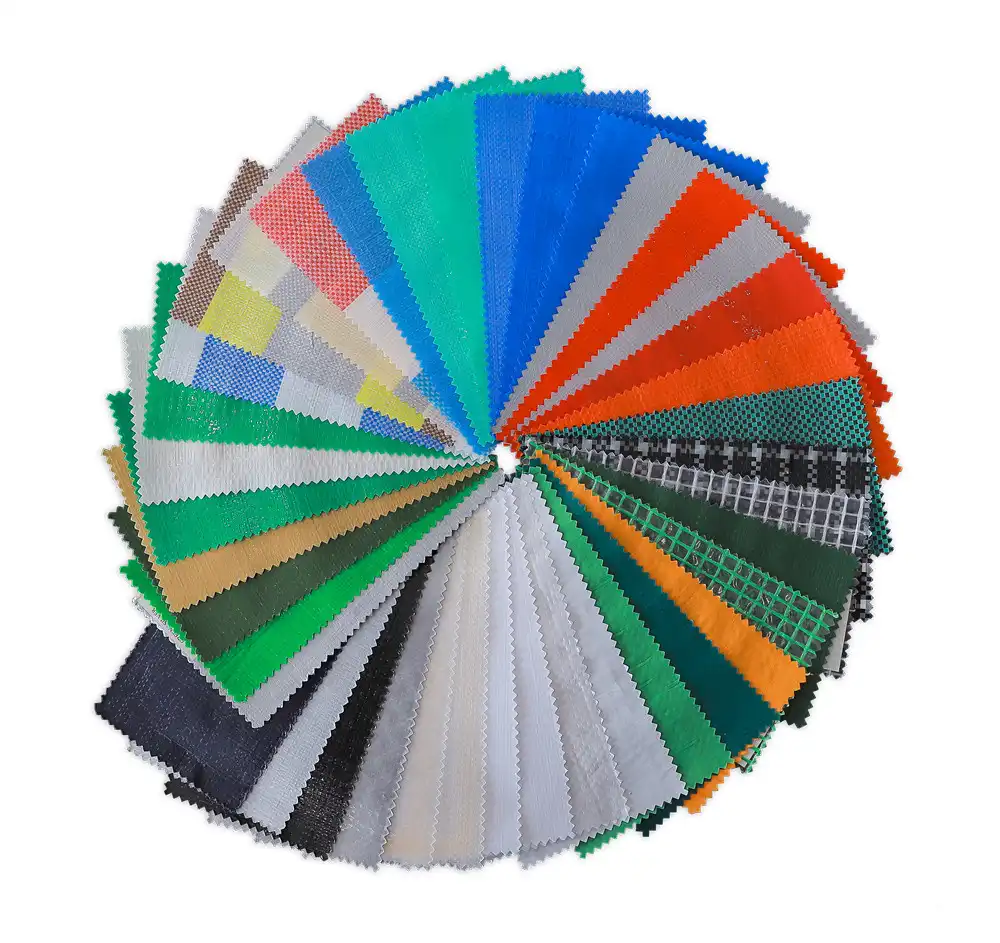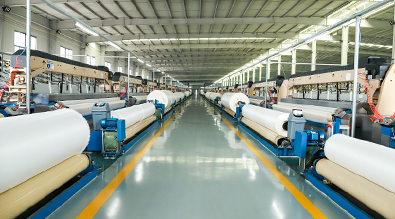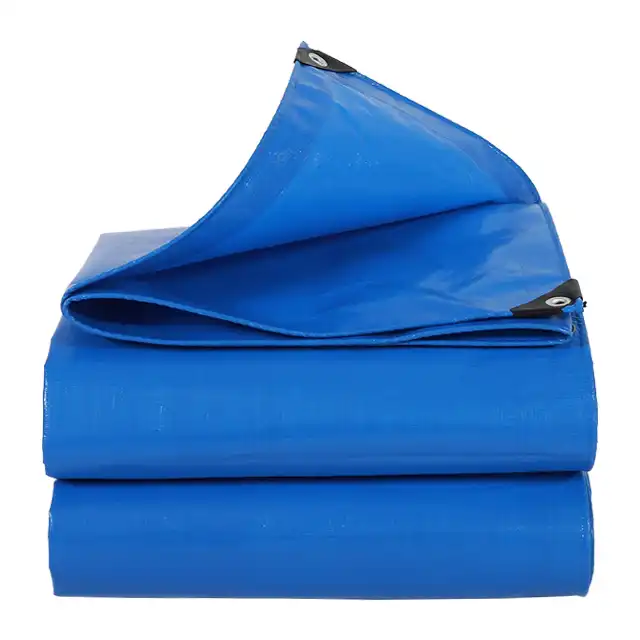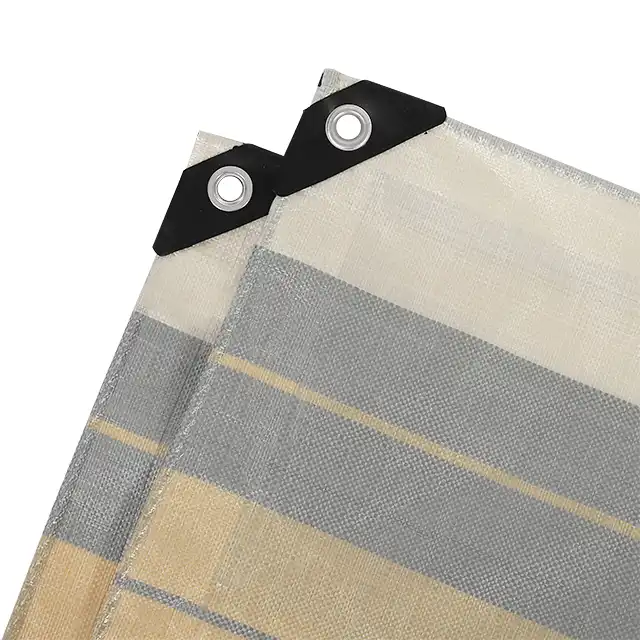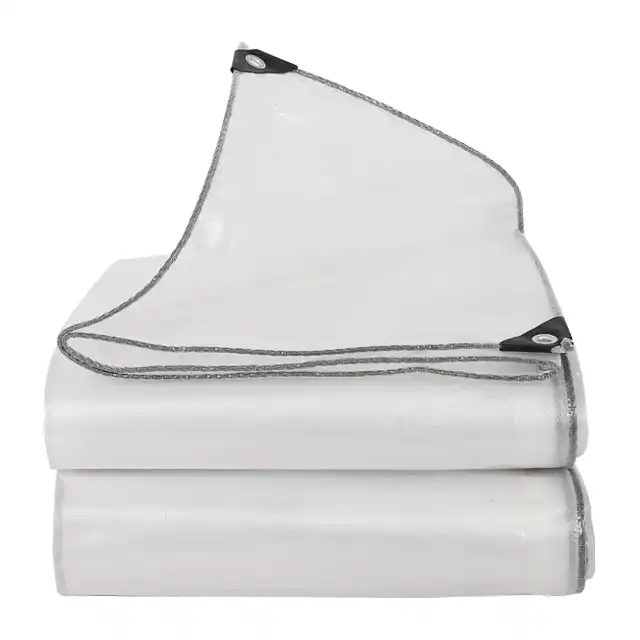How to Avoid Common Mistakes When Using Tarpaulins?
Picture this: after investing in what seemed like the perfect tarpaulin for your construction project or outdoor event, you discover it's torn, improperly sized, or failing to provide adequate protection when you need it most. These frustrating scenarios happen far too often because many users make preventable mistakes when selecting, installing, and maintaining their tarpaulin covers. Understanding how to avoid common tarpaulin pitfalls can save you time, money, and the headache of dealing with damaged equipment or compromised protection. Whether you're a construction professional, farmer, or homeowner, mastering proper tarpaulin usage is essential for maximizing your investment and ensuring reliable performance in various weather conditions and applications.
Understanding Tarpaulin Selection Mistakes
-
Choosing the Wrong Material and Weight Specifications
 One of the most critical errors involves selecting tarpaulin materials that don't match the intended application. Many users automatically choose the cheapest option without considering durability requirements, leading to premature failure and costly replacements. High-density polyethylene (HDPE) woven fabric with LDPE coating, such as those manufactured by leading China tarpaulin suppliers, offers superior strength and longevity compared to basic polyethylene sheets. Professional-grade tarpaulin products feature varying weights from 65gsm to 280gsm, with heavier weights providing enhanced tear resistance and UV protection for demanding applications. The mesh count specification significantly affects performance, with professional tarpaulin covers typically featuring 10x10 to 14x14 mesh counts for optimal balance between flexibility and strength. Thickness measurements ranging from 7 to 12 mil indicate the tarpaulin's ability to withstand punctures and abrasion. When selecting materials, consider the specific environmental challenges your tarpaulin will face, including exposure to chemicals, extreme temperatures, or sharp objects. Durable and lightweight heavy duty poly tarp manufactured from high-density, tightly woven, made-to-last polyethylene fibers provides exceptional protection while remaining manageable for installation and removal.
One of the most critical errors involves selecting tarpaulin materials that don't match the intended application. Many users automatically choose the cheapest option without considering durability requirements, leading to premature failure and costly replacements. High-density polyethylene (HDPE) woven fabric with LDPE coating, such as those manufactured by leading China tarpaulin suppliers, offers superior strength and longevity compared to basic polyethylene sheets. Professional-grade tarpaulin products feature varying weights from 65gsm to 280gsm, with heavier weights providing enhanced tear resistance and UV protection for demanding applications. The mesh count specification significantly affects performance, with professional tarpaulin covers typically featuring 10x10 to 14x14 mesh counts for optimal balance between flexibility and strength. Thickness measurements ranging from 7 to 12 mil indicate the tarpaulin's ability to withstand punctures and abrasion. When selecting materials, consider the specific environmental challenges your tarpaulin will face, including exposure to chemicals, extreme temperatures, or sharp objects. Durable and lightweight heavy duty poly tarp manufactured from high-density, tightly woven, made-to-last polyethylene fibers provides exceptional protection while remaining manageable for installation and removal.
-
Incorrect Size and Dimension Planning
Dimensional mistakes represent another frequent oversight that compromises tarpaulin effectiveness and creates safety hazards. The best way to avoid such an occurrence is by asking the seller to open it for you so that you can be sure of the size. Do not just rely on the packaging estimation and assume it'll be the right size. Professional tarpaulin tips emphasize measuring the coverage area multiple times and adding sufficient overlap for proper securing. Standard tarpaulin dimensions may not accommodate custom applications, making made-to-order solutions from experienced China tarpaulin manufacturers more practical for specific projects. Consider wind lift factors when calculating required dimensions, as inadequate coverage allows air circulation that can create dangerous lifting forces. Modern manufacturing capabilities enable custom tarpaulin production with roll widths reaching 5.1 meters, eliminating joints that create potential failure points. The availability of various colors and custom sizing ensures optimal functionality while meeting aesthetic requirements for different applications.
Proper Tarpaulin Installation and Securing Techniques
-
Avoiding Common Fastening and Anchoring Errors
Improper securing techniques cause numerous tarpaulin failures, often resulting from inadequate understanding of load distribution and anchoring principles. One common mistake people make is not securing the tarp tightly enough, which can allow wind or rain to get underneath and damage your belongings. To avoid this mistake, make sure you use bungee cords or rope to secure the tarp tightly to the object you're covering. Professional installation requires strategic placement of anchor points that distribute stress evenly across the tarpaulin surface, preventing concentrated loads that can tear eyelets or fabric. Quality tarpaulin products feature reinforced eyelets designed to withstand significant tension, but even the strongest hardware requires proper load distribution. Use additional securing points beyond the standard eyelets when dealing with high-wind conditions or heavy-duty applications. Professional tarpaulin tips recommend creating multiple anchor lines rather than relying on single-point attachments, which concentrate stress and increase failure risk. The incorporation of elastic securing elements helps accommodate thermal expansion and contraction while maintaining consistent tension.
-
Preventing Water Pooling and Structural Damage
Water accumulation represents a serious threat to tarpaulin integrity and the structures beneath. If water is allowed to pool and collect on the tarp this will increase the stress on the eyelets and can lead to catastrophic failure during heavy precipitation. Proper installation requires creating adequate slope for water drainage, typically achieved through strategic support positioning and tensioning techniques. The development of sagging areas indicates insufficient support or improper installation geometry that must be corrected immediately. Professional waterproof tarpaulin installation incorporates drainage considerations from the initial planning stage, ensuring water flows toward designated collection points rather than accumulating in low areas. The use of intermediate support structures prevents excessive deflection while maintaining the tarpaulin's protective function. Regular inspection during weather events helps identify developing problems before they cause significant damage.
Weather-Related Tarpaulin Management
-
Wind Load Considerations and Storm Preparation
Severe weather conditions test tarpaulin installations beyond normal operating parameters, requiring proactive management to prevent damage and ensure safety. If gale-force winds are due, then you will need to take extra care in ensuring your tarpaulin is really well secured! It may even be necessary to take the tarpaulin down. Professional tarpaulin usage involves continuous weather monitoring and preparedness to modify installations based on changing conditions. High-strength yarn construction with extra UV protection provides enhanced resistance to weather-related degradation, while proper installation techniques minimize wind load effects. The development of flutter or excessive movement indicates inadequate tensioning or support, conditions that rapidly accelerate wear and increase failure risk. Professional-grade tarpaulin covers feature Arctic flexibility and anti-freezing properties that maintain performance across extreme temperature ranges, ensuring reliable protection year-round.
-
UV Protection and Long-Term Durability Maintenance
Ultraviolet radiation causes significant degradation in unprotected tarpaulin materials, making UV treatment essential for outdoor applications. Professional tarpaulin products incorporate 1% to 7% UV treatment that significantly extends service life while maintaining strength and flexibility. The gradual breakdown of polymer chains under UV exposure leads to embrittlement and reduced tear resistance, emphasizing the importance of quality materials and proper maintenance procedures. Regular cleaning and inspection help identify early signs of UV damage, allowing for preventive measures before failure occurs. The development of surface chalking or color fading indicates advancing UV degradation that may compromise structural integrity. High-quality tarpaulin manufacturing processes ensure consistent UV protection distribution throughout the material, providing uniform protection against harmful solar radiation.
Maintenance and Storage Best Practices
-
Cleaning and Inspection Procedures
Systematic maintenance procedures significantly extend tarpaulin service life while ensuring optimal performance throughout the usage cycle. By inspecting before use, securing safely, cleaning regularly, and storing properly, you can save on replacement costs and improve operational efficiency. Regular cleaning removes accumulated debris, chemicals, and biological growth that can cause material degradation or create puncture risks. Professional tarpaulin maintenance involves detailed visual inspections that identify developing problems before they cause system failure. The examination of eyelets, seams, and high-stress areas helps predict maintenance requirements and replacement timing. Documentation of inspection findings enables trend analysis and informed decision-making regarding repair versus replacement options. The use of appropriate cleaning agents ensures thorough debris removal without compromising material properties or protective coatings.
-
Proper Storage Techniques and Longevity Strategies
Correct storage procedures protect tarpaulin investments during periods of non-use while ensuring immediate readiness for deployment. Tarpaulin tips include avoiding common mistakes such as using incorrect sizes or improper storage to maximize the tarpaulin's value. Professional storage requires clean, dry conditions that prevent mold growth, UV exposure, and mechanical damage from improper folding or compression. Temperature-controlled storage environments prevent thermal cycling effects that can cause material embrittlement or coating separation. The use of proper folding techniques minimizes crease formation that creates stress concentration points and potential failure initiation sites. Professional tarpaulin products feature shrink-proof construction and anti-corrosion properties that maintain integrity throughout extended storage periods, ensuring reliable performance when needed.
Conclusion
Avoiding common tarpaulin mistakes requires understanding material selection, proper installation techniques, weather management, and systematic maintenance procedures. Professional-grade tarpaulin products combined with correct usage practices provide reliable, long-term protection for diverse applications while maximizing return on investment.
Cooperate with Linyi Shengde Plastic Co., Ltd.
Linyi Shengde Plastic Co., Ltd stands as the leading China tarpaulin factory, established in 2003 with registered capital of CNY 80 Million and covering 60,000 square meters of advanced manufacturing facilities. Our expertise as a premier China tarpaulin manufacturer encompasses comprehensive production capabilities including 30+ high-tech extruding machines, 400+ Korea-imported automatic water-jet looms, and 7 producing lines ensuring 100+ tons daily output of premium tarpaulin sheets. With ISO 9001:2015 certification and partnerships with UNHCR, IOM, ICRC, and UNICEF, we demonstrate unwavering commitment to quality excellence and international standards.
Our strong research and development capabilities have enabled breakthrough innovations including ultra-wide width braiding machines, 4-meter width tarpaulin products, fire prevention functions, and enhanced waterproof technologies. These developments expand application possibilities while maintaining our reputation as a trusted China tarpaulin supplier serving over 30 countries worldwide. As an established China tarpaulin wholesale provider, we offer competitive High Quality tarpaulin solutions with tarpaulin for sale options tailored to diverse customer requirements, backed by fair tarpaulin prices and prompt delivery services.
Ready to experience superior tarpaulin protection? Contact our expert team at info@shengdetarp.com for customized solutions that meet your specific requirements. Bookmark this guide for future reference and share your tarpaulin experiences to help others avoid costly mistakes while achieving optimal protection results.
FAQ
Q: What's the most common mistake when selecting tarpaulin size?
A: Not measuring the actual coverage area and failing to account for sufficient overlap, leading to inadequate protection and installation difficulties.
Q: How often should I inspect my tarpaulin for damage?
A: Conduct visual inspections before each use and monthly during extended installations, paying special attention to eyelets, seams, and high-stress areas.
Q: What weather conditions require removing temporary tarpaulin installations?
A: Gale-force winds, severe ice storms, and extreme weather warnings typically require temporary removal to prevent damage and ensure safety.
Q: Why does my tarpaulin develop tears near the eyelets?
A: Excessive stress concentration from improper load distribution, inadequate support points, or using undersized tarpaulins for the application requirements.
References
1. "Tarpaulin Selection and Application Guidelines" by Industrial Fabric Association International, Technical Standards Committee
2. "Weather Protection Systems: Best Practices for Temporary Structures" by American Society of Civil Engineers, Structural Engineering Institute
3. "Polymer Degradation in Outdoor Applications" by Materials Research Society, UV Stability Working Group
4. "Load Distribution Analysis for Flexible Membrane Structures" by International Association of Structural Engineers, Membrane Technology Division
